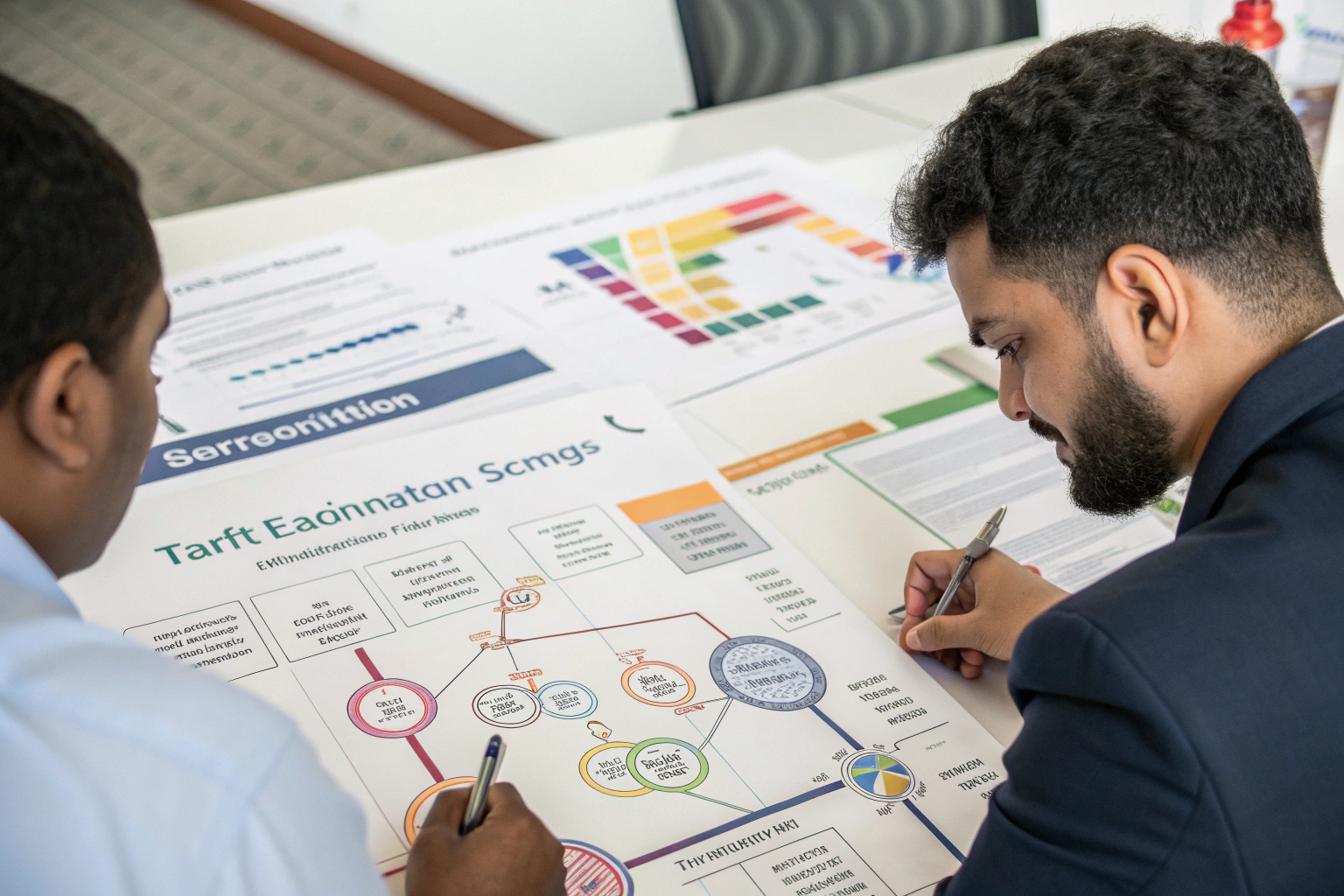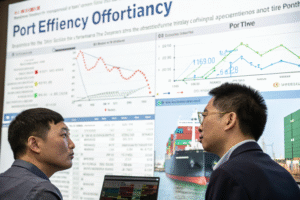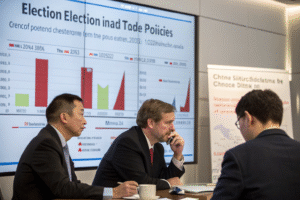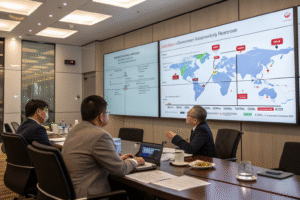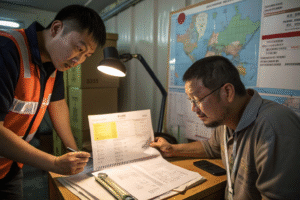The landscape of US tariffs on Chinese goods can seem overwhelmingly complex, but significant exemption opportunities exist for qualified importers. Many businesses pay higher duties than necessary because they're unaware of available exemptions or assume their products don't qualify. Understanding the exemption landscape can lead to substantial duty savings and improved competitiveness.
Yes, potential tariff exemptions exist through Generalized System of Preferences (GSP), product-specific exclusions, substantial transformation principles, de minimis provisions, and various trade programs. The key is understanding which exemptions apply to your specific products and ensuring proper documentation and compliance to legally claim these benefits.
Let's examine the specific exemption pathways available and how to determine if your products from China might qualify for reduced or eliminated tariff burdens.
What product-specific exclusions might apply to your goods?
The Section 301 tariff actions on Chinese goods included numerous product-specific exclusions that temporarily removed certain products from additional tariff liability. While many exclusions have expired, new exclusion processes continue to emerge, making ongoing monitoring essential.
Previous exclusion processes allowed importers to request exemptions for specific products that weren't strategically important or where alternative sourcing wasn't feasible. These exclusions were typically granted for one-year periods and required detailed product descriptions and justification. While the broad exclusion window has closed, limited exclusion opportunities remain for specific product categories, and new exclusion processes may emerge as trade policies evolve. The key is maintaining awareness of current Federal Register notices and customs announcements regarding available exclusions.

How can you identify potential exclusions for your products?
Effective exclusion identification involves:
- Reviewing historical exclusion lists for similar products that previously qualified
- Monitoring Federal Register announcements for new exclusion processes
- Analyzing product specifications against exclusion criteria
- Consulting trade attorneys with specific exclusion experience
- Tracking industry association updates about sector-specific opportunities
This proactive approach ensures you don't miss potential exclusion opportunities.
What documentation supports exclusion claims?
Proper exclusion documentation includes:
- Detailed product descriptions matching exclusion language exactly
- Manufacturer information confirming Chinese origin
- Technical specifications demonstrating eligibility
- Import records showing historical entry patterns
- Supporting justification explaining why exclusion should apply
Complete documentation is essential for successful exclusion claims.
How does the substantial transformation principle create opportunities?
The substantial transformation principle offers significant duty minimization opportunities for products that incorporate Chinese components but undergo substantial manufacturing in other countries. This approach leverages international manufacturing networks while reducing tariff exposure.
Products that undergo substantial transformation in intermediate countries may qualify for that country's origin rather than Chinese origin, potentially making them eligible for preferential duty treatment. For example, Chinese components substantially transformed in Vietnam might enter the US under different tariff provisions than direct Chinese imports. The key is demonstrating that the manufacturing process in the intermediate country results in a fundamental change to the product's character, name, or function according to customs regulations.

What manufacturing activities typically qualify as substantial transformation?
Common qualifying processes include:
- Complex assembly operations creating new functional products
- Chemical processing fundamentally changing material composition
- Textile cutting and sewing creating finished garments from fabric
- Electronics manufacturing integrating components into functional devices
- Food processing transforming raw ingredients into consumer products
The specific requirements vary by product category and must be carefully evaluated.
How do you document substantial transformation?
Proper documentation requires:
- Detailed production records from the intermediate country
- Bill of materials showing component origins and transformations
- Manufacturing process descriptions with timing and resource allocation
- Quality control documentation demonstrating finished product standards
- Cost accounting records showing value added in intermediate country
Thorough documentation is essential for defending origin claims during customs reviews.
What role do trade preference programs play?
While China itself doesn't qualify for most US trade preference programs, components from preference-eligible countries incorporated into your products may provide partial duty benefits. Understanding these opportunities requires analyzing your supply chain beyond just the final assembly location.
The Generalized System of Preferences (GSP) provides duty-free treatment for thousands of products from designated developing countries. While China graduated from GSP eligibility, components sourced from GSP-eligible countries and incorporated into your products may help reduce overall duty burden. Similarly, regional trade agreements like USMCA may provide opportunities when combining components from member countries with Chinese elements in ways that still qualify for preferential treatment.

How can GSP-eligible components reduce costs?
Strategic approaches include:
- Sourcing specific components from GSP-eligible countries
- Documenting component values separately in your customs declarations
- Maintaining origin certificates for preference-eligible inputs
- Structuring assembly operations to preserve component origin
- Calculating regional value content for partial preference claims
These strategies can reduce duties even on products with Chinese final assembly.
What documentation supports preference claims involving multiple countries?
Required documentation typically includes:
- Certificates of Origin for preference-eligible components
- Bill of Materials with detailed origin information
- Cost breakdowns showing value by country of origin
- Manufacturing records documenting production processes
- Importer declarations certifying compliance with rules
Proper documentation ensures you can support partial preference claims during customs verification.
How does the de minimis provision benefit certain shipments?
The de minimis provision (Section 321) allows low-value shipments to enter the US without formal customs entry or duty payment. While primarily benefiting small e-commerce shipments, understanding this provision's parameters can inform broader import strategies.
Shipments valued at $800 or less generally qualify for de minimis treatment, entering free of duty and taxes without formal customs entry. This provision has transformed e-commerce from China, allowing direct-to-consumer shipments to avoid traditional customs processes. For larger importers, understanding de minimis parameters can inform sample shipping strategies, replacement part sourcing, and testing of new product lines before committing to full container shipments.

What types of shipments benefit most from de minimis treatment?
Optimal use cases include:
- Product samples for quality verification and market testing
- Replacement parts for warranty and repair operations
- Small quantity tests of new product lines before bulk ordering
- Documentation and marketing materials supporting larger shipments
- Urgent small orders needing fastest possible delivery
Strategic use of de minimis shipments complements larger import operations.
What compliance considerations apply to de minimis shipments?
Important compliance factors:
- Accurate valuation ensuring shipments don't exceed $800 threshold
- Proper description preventing customs holds for inadequate information
- Restricted merchandise still subject to agency regulations regardless of value
- Intellectual property protections still applying to all shipments
- Recordkeeping requirements for potential audit or review
Even de minimis shipments require basic compliance measures.
How can first sale valuation reduce duty burden?
First sale valuation can significantly reduce duty liability for products moving through multi-tiered transactions, though it requires careful documentation and compliance with specific regulatory requirements.
When products are sold through multiple transactions before export (manufacturer to trading company to US buyer), first sale valuation allows declaring the value of the first arm's-length transaction rather than the final export price. This can substantially reduce the customs value and corresponding duties. However, this approach requires demonstrating that the transactions are bona fide sales at arm's length and that the goods were clearly destined for the US at the time of the first sale.

What conditions must be met for first sale valuation?
Key requirements include:
- Bona fide sales between unrelated parties at arm's length
- Clear US destination established at the time of first sale
- Complete documentation of all transactions in the chain
- Transparent pricing reflecting fair market value
- No restrictions on the buyer's disposition of the goods
Meeting all requirements is essential for successful first sale valuation.
What documentation supports first sale valuation claims?
Essential documentation includes:
- All contracts and invoices in the transaction chain
- Payment records showing actual transaction values
- Communication evidence demonstrating US destination intent
- Relationship documentation proving arm's-length transactions
- Pricing justification supporting fair market value claims
Thorough documentation is critical for defending first sale valuation during customs audits.
Conclusion
Significant tariff exemption opportunities exist for Chinese imports, but they require proactive identification, careful qualification, and meticulous documentation. The most successful importers systematically evaluate their products against exclusion lists, consider supply chain restructuring for substantial transformation opportunities, leverage trade programs for components from preference-eligible countries, strategically use de minimis provisions for appropriate shipments, and implement first sale valuation where transaction structures allow. By taking a comprehensive approach to tariff minimization rather than simply accepting standard duty rates, businesses can achieve substantial cost savings that improve competitiveness while maintaining full compliance with customs regulations. The key is treating tariff optimization as an ongoing strategic process rather than a one-time compliance exercise.
